As a child, nature was my playground. My family didn’t have an RV when I was growing up, but we still found time to go on plenty of camping trips. We’d pitch a tent, roll out our sleeping bags and gaze up at the stars. Ever since I was little, I always found the night sky intriguing—being away from the bright lights of the city seemed to open up an entire new world of stars, plants, and constellations. I will never forget my first views of the bright orange lunar eclipse, the dancing of the northern lights or the subtle haziness of the Milky Way.
It’s really no surprise then that I met my husband Jason through our mutual love of the outdoors. Whenever possible, we would pack the car and head out of the city, sometimes for weeks at a time. After moving to Texas and starting a family, we had to approach our camping adventures a little bit differently. We wanted to share these experiences with our children in a way that was both enjoyable and comfortable for them. And purchasing an RV was the perfect way to do exactly that. We knew the kids needed a balance between nature and technology, especially on long trips, but we didn’t want to limit their time outside by staying in hotels. Having an RV has allowed us to explore year-round, stay outside well after sundown and fully experience those same stars that mesmerized me as a young girl. Now, when my boys look up at the night sky and I see their amazement at the many celestial objects, I am overwhelmed with joy.

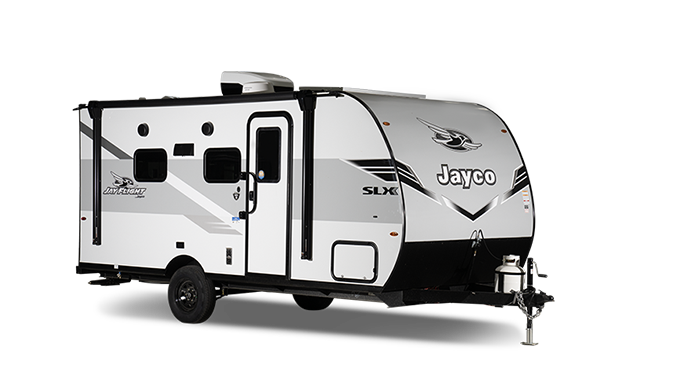
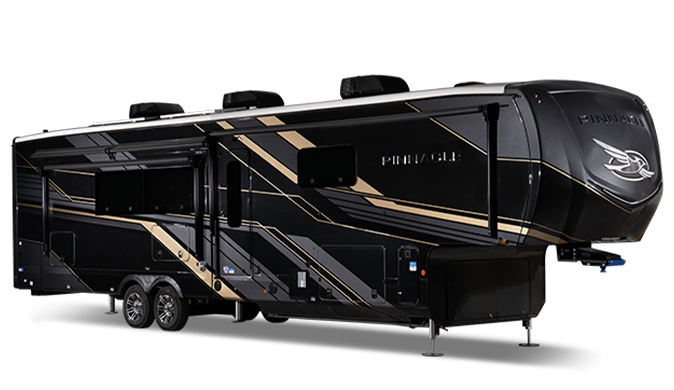
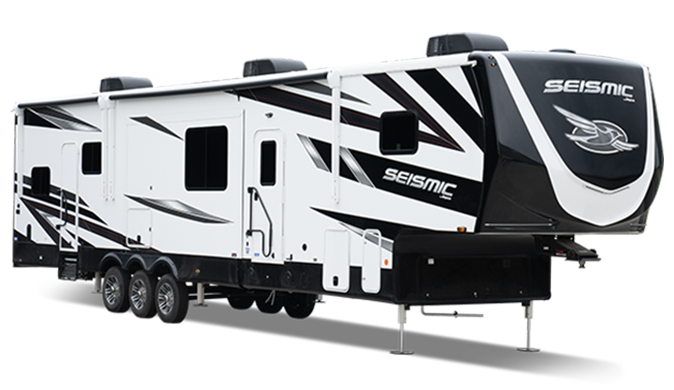
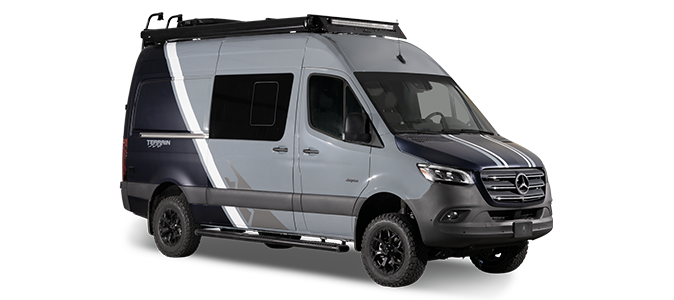
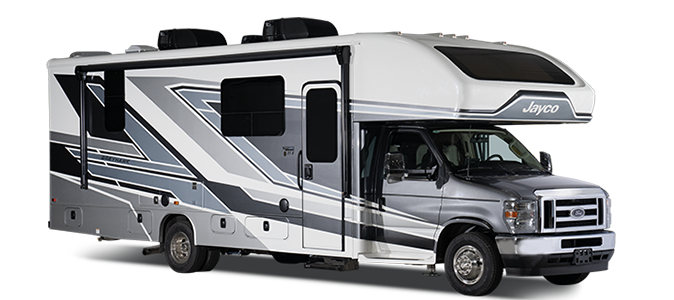
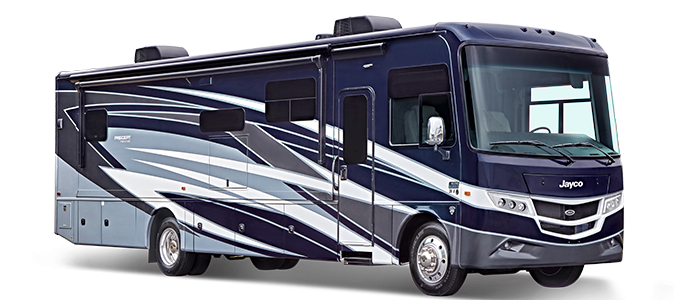
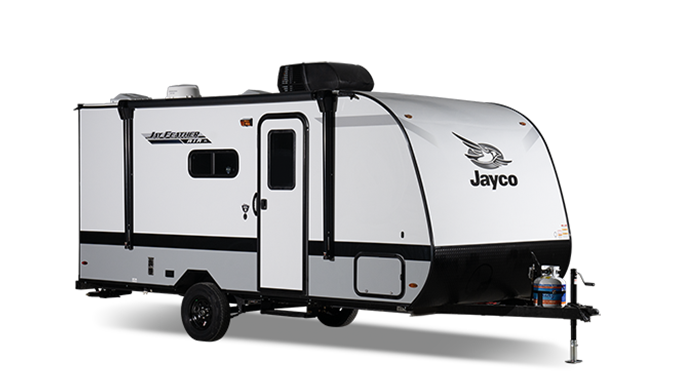


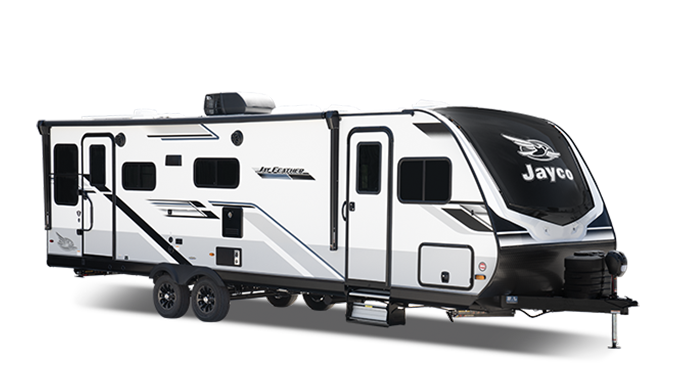
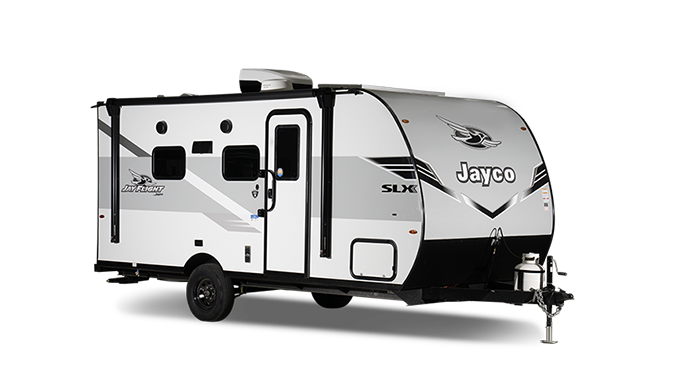
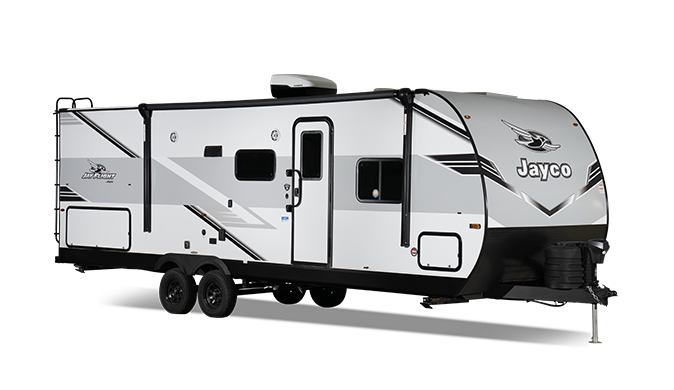
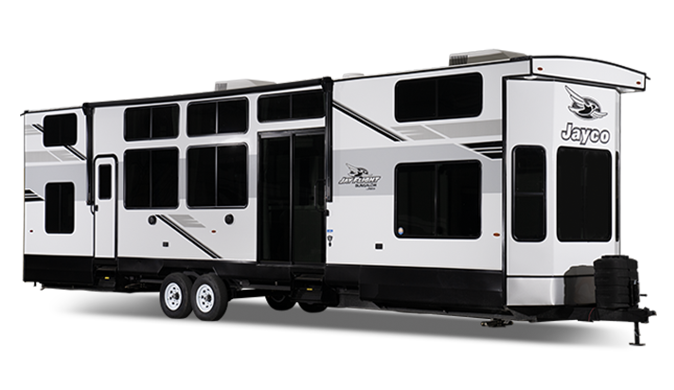
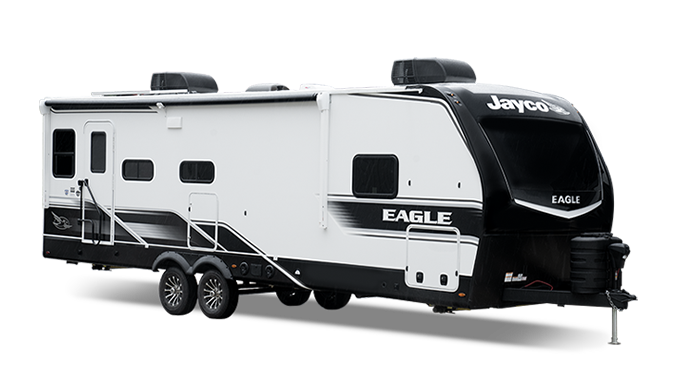
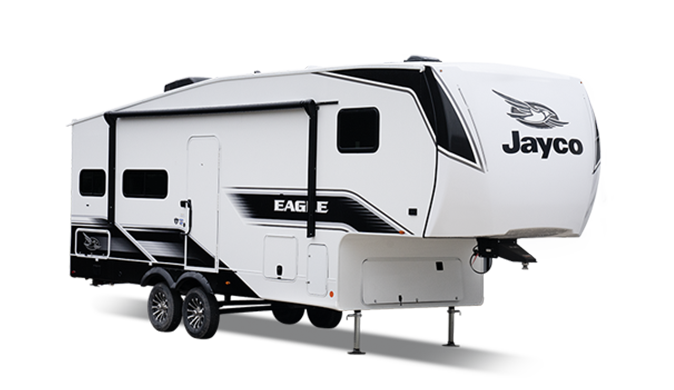
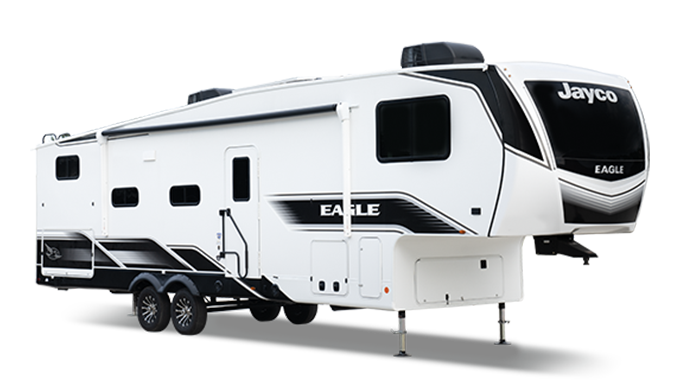
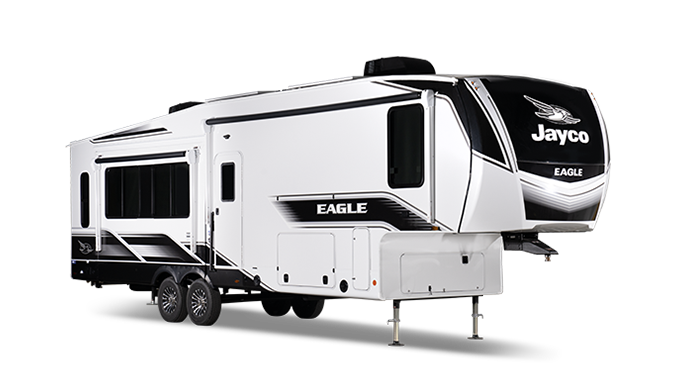
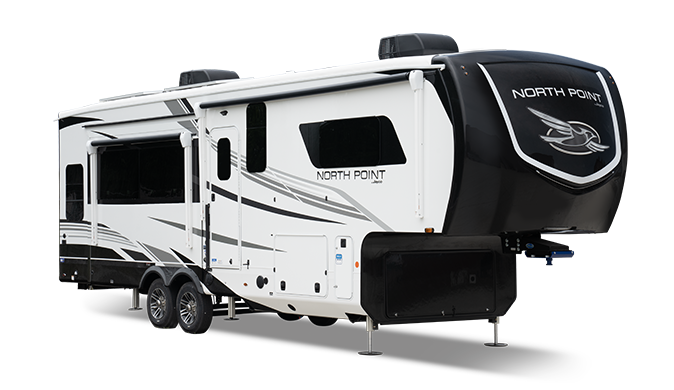

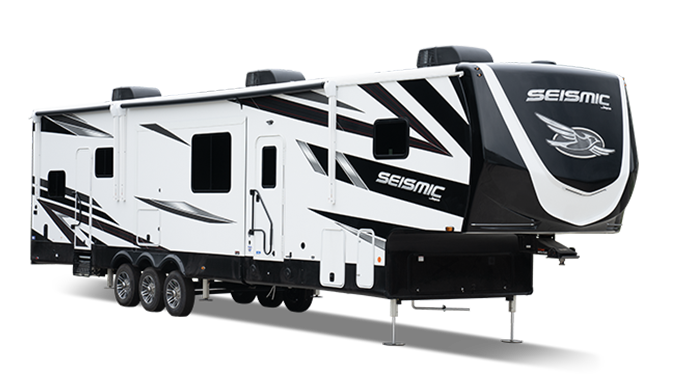
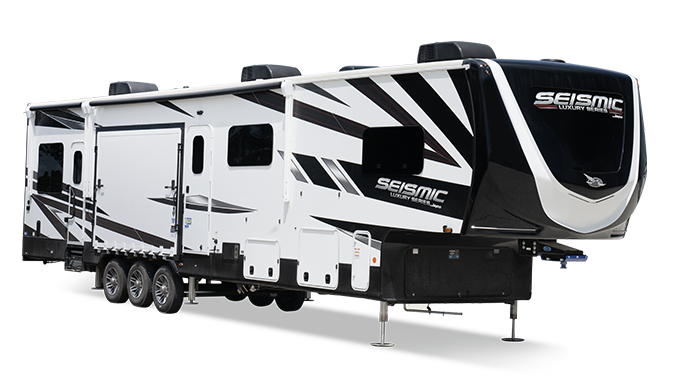
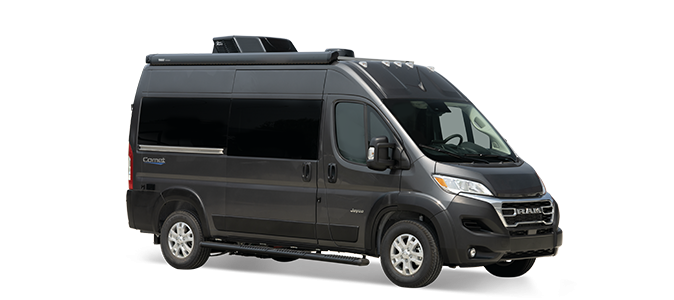
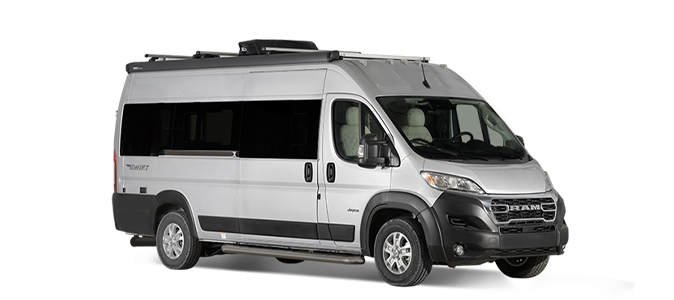
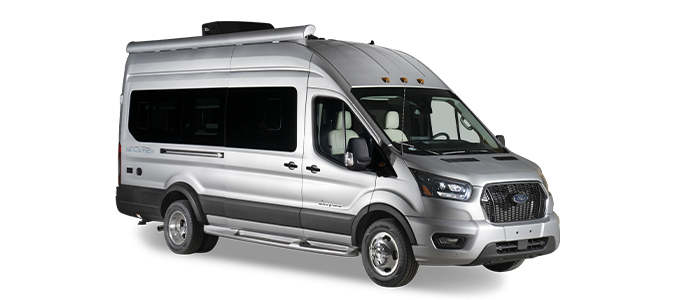
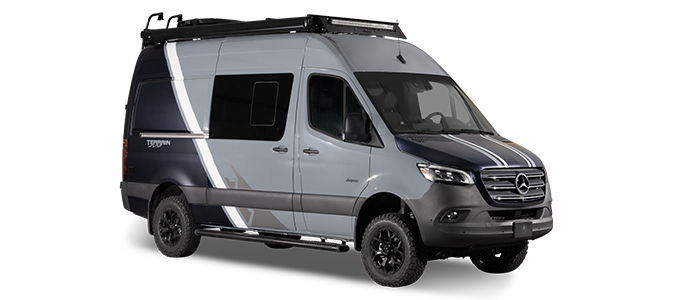
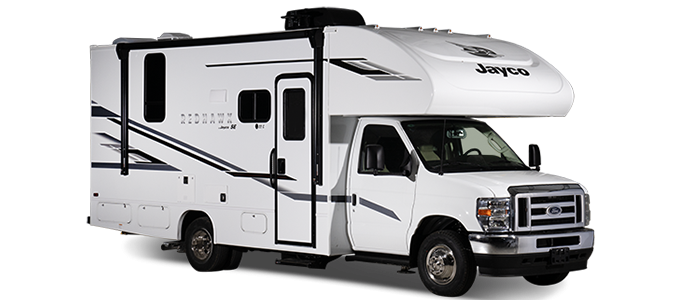

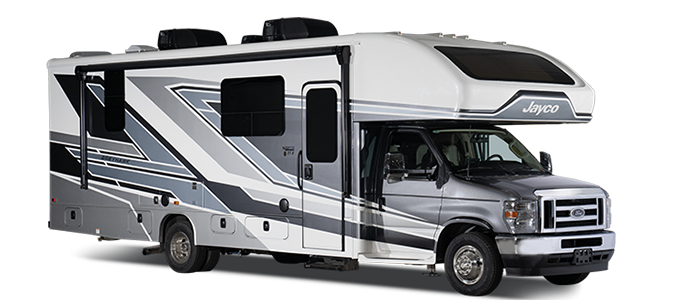

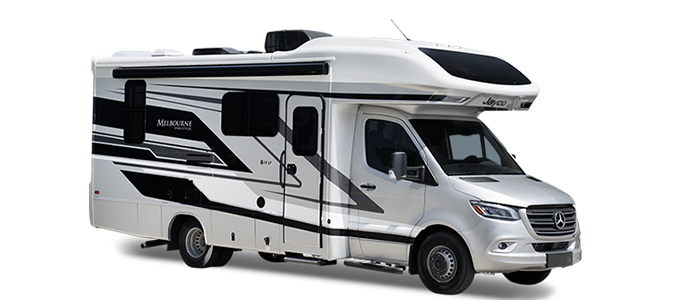

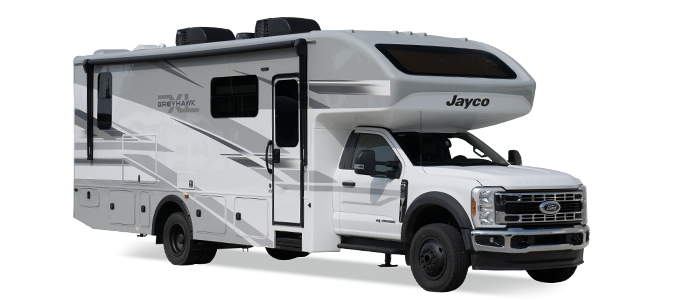
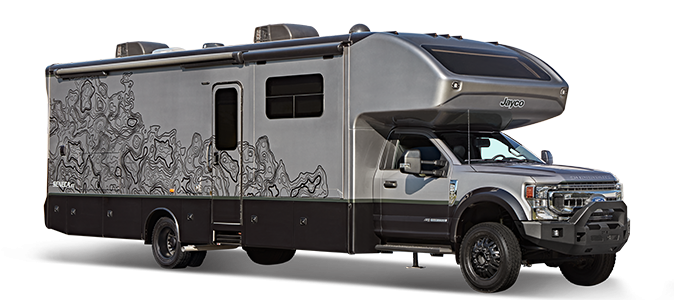
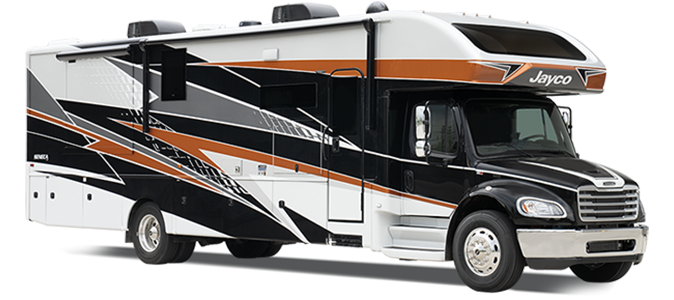
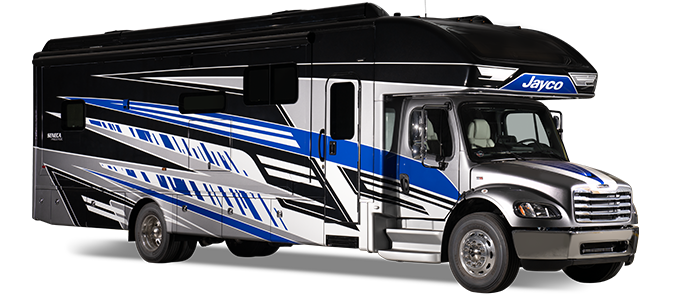
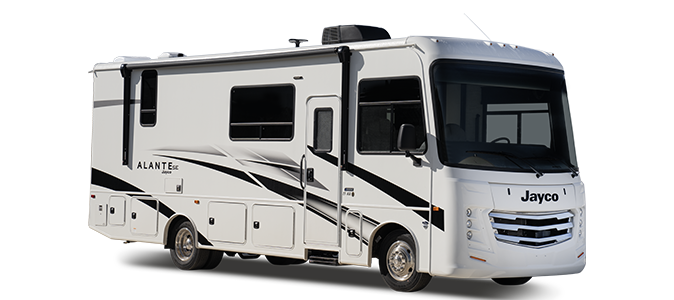
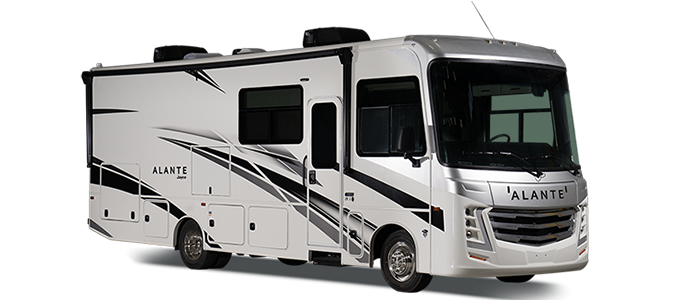

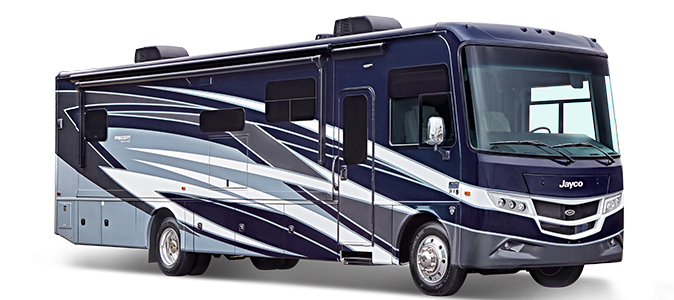


.png)
.png)
.png)
.png)
.png)
